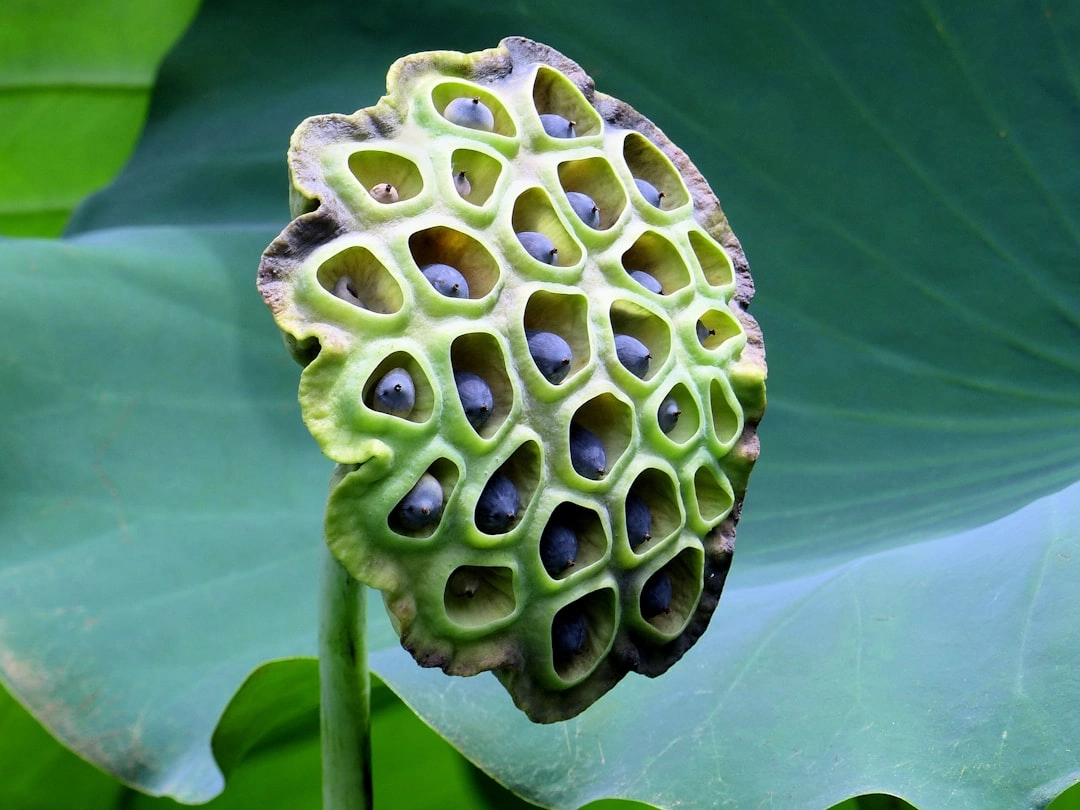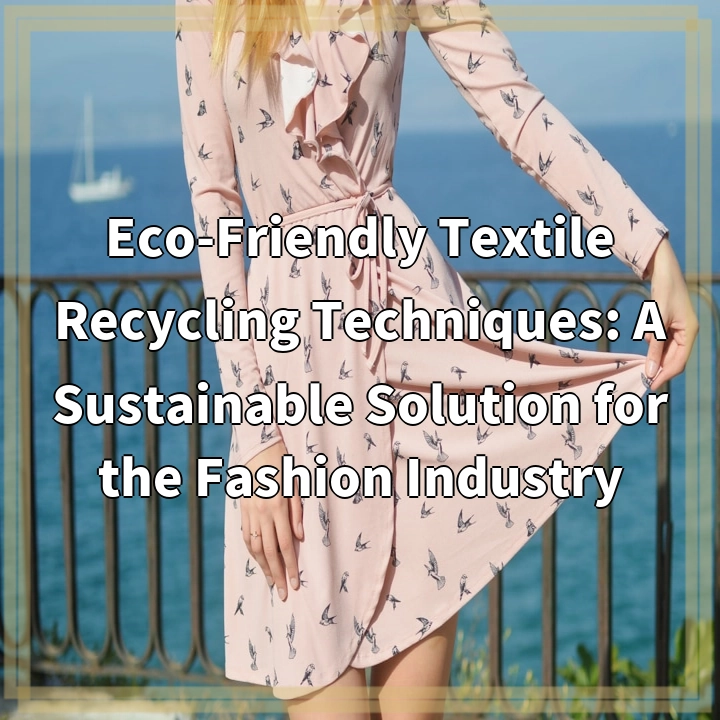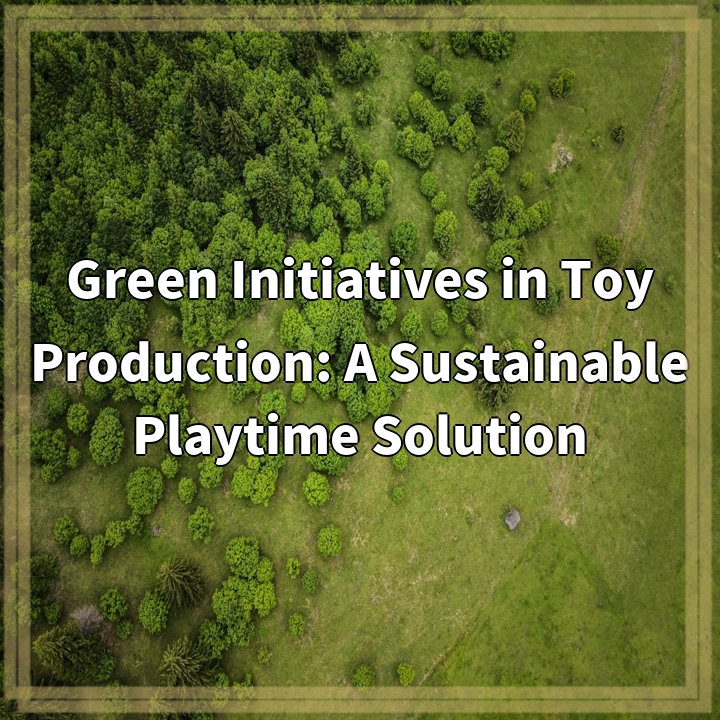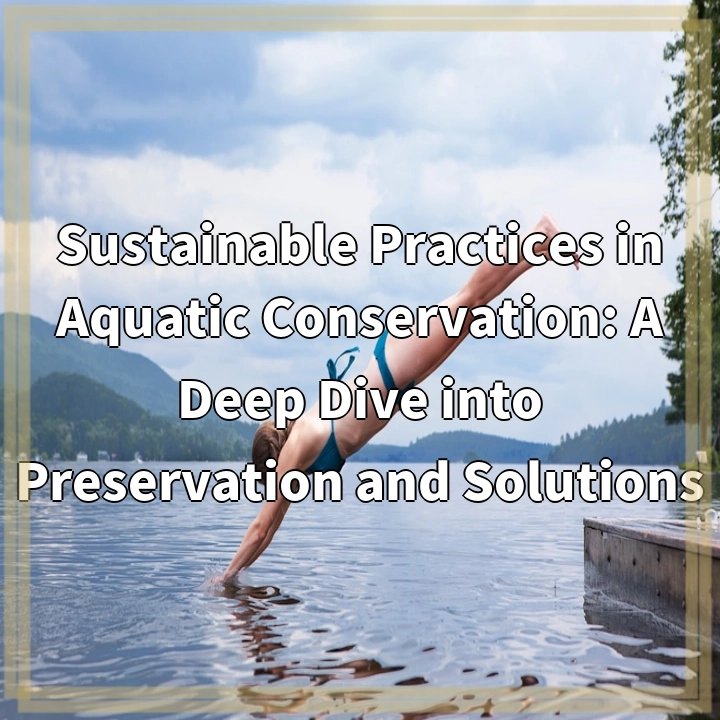
What it is:
In the realm of environmental conservation, aquatic ecosystems play a critical role in maintaining the planet’s biodiversity and overall ecological balance. Sustainable practices in aquatic conservation refer to the methods and initiatives aimed at effectively preserving and protecting these delicate ecosystems for the long-term benefit of both the environment and human societies.
Aquatic conservation encompasses various bodies of water, including oceans, seas, rivers, lakes, and wetlands, along with their associated flora and fauna. It involves addressing various conservation challenges and implementing sustainable solutions to ensure the continued health and integrity of these aquatic environments.
Real-world problems:
Aquatic conservation faces numerous real-world problems that pose significant threats to the well-being of marine and freshwater ecosystems. These problems include:
Pollution
One of the most pressing challenges in aquatic conservation is pollution. Industrial activities, agricultural runoff, improper waste disposal, and oil spills contribute to the contamination of water bodies, leading to devastating impacts on marine and freshwater life. Pollution degrades water quality, affects biodiversity, and threatens the health of both aquatic organisms and humans who rely on clean water sources.
Overfishing
Overfishing is a major concern in the realm of aquatic conservation. Unsustainable fishing practices, such as excessive harvesting of fish species, illegal fishing, and destructive fishing methods, can deplete fish populations, disrupt food chains, and harm entire ecosystems. Overfishing not only threatens fish stocks but also affects the livelihoods and food security of communities that depend on these resources.
Habitat Destruction
The destruction and degradation of aquatic habitats pose significant challenges to conservation efforts. Coastal development, deforestation, coral bleaching, and dam construction are all factors contributing to the loss of critical habitats for marine and freshwater species. Habitat destruction disrupts ecological balance, reduces biodiversity, and impairs the ability of ecosystems to recover from other threats.
Invasive Species
Invasive species can have profound impacts on aquatic ecosystems. Non-native species introduced to new environments can outcompete native species, disrupt food webs, and alter entire ecosystems. Invasive species can lead to the decline or extinction of native species, and their impacts can be particularly detrimental in fragile aquatic habitats.
Climate Change
Climate change poses a significant threat to aquatic ecosystems worldwide. Rising water temperatures, ocean acidification, increased storm intensity, and sea-level rise are just a few of the consequences of climate change that affect aquatic environments. These changes disrupt the delicate balance of marine and freshwater ecosystems and can result in the loss of biodiversity and the collapse of important ecological services.
Addressing these real-world problems associated with aquatic conservation requires a multi-faceted approach. Efforts must focus on reducing pollution, implementing sustainable fishing practices, protecting and restoring critical habitats, preventing the introduction of invasive species, and mitigating the impacts of climate change. By adopting sustainable practices and promoting awareness and collaboration, we can work towards the preservation and restoration of our precious aquatic ecosystems.
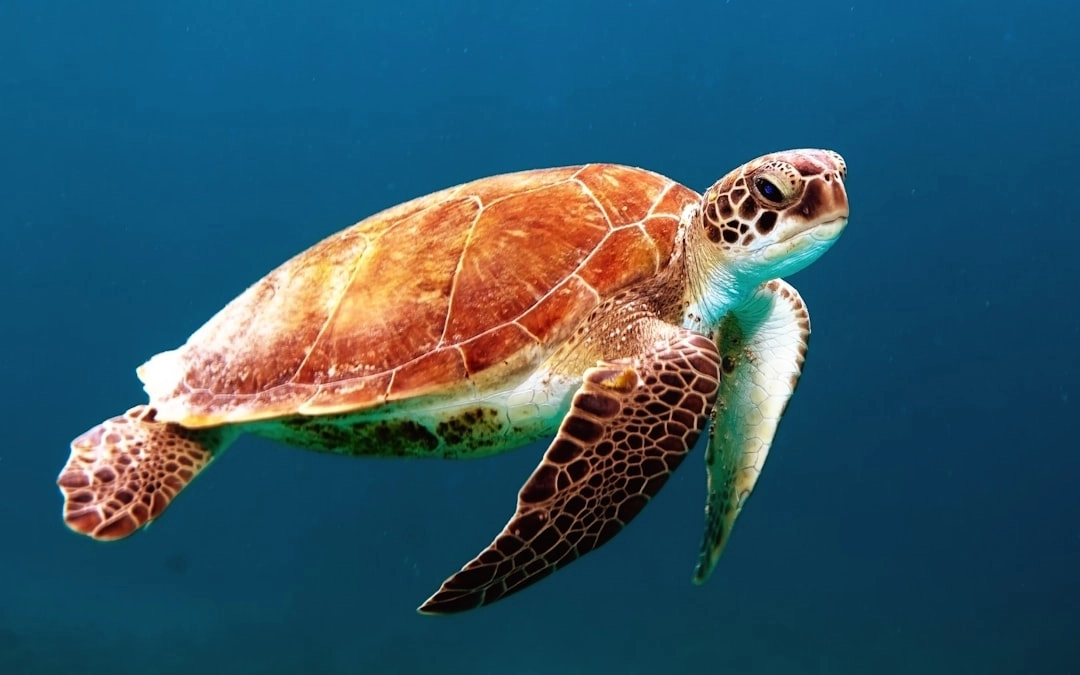
Solutions for Aquatic Conservation:
Aquatic conservation requires comprehensive and proactive measures to address the real-world challenges described above. By implementing the following solutions, we can work towards the preservation and sustainable management of our aquatic ecosystems:
1. Pollution Control and Prevention
Implementing and enforcing strict regulations to control pollution from industrial activities, agriculture, and improper waste disposal is crucial. Promoting sustainable practices, investing in wastewater treatment facilities, and raising awareness about the importance of keeping our waterways clean are key steps towards reducing pollution.
2. Sustainable Fishing Practices
Managing fisheries sustainably involves implementing catch limits, enforcing regulations to prevent overfishing, and promoting responsible fishing practices. By embracing sustainable fishing techniques, such as selective fishing gears and avoiding bycatch, we can protect fish stocks and maintain healthy marine and freshwater ecosystems.
3. Habitat Conservation and Restoration
Preserving and restoring critical aquatic habitats, such as mangroves, coral reefs, and wetlands, is essential. This involves establishing marine protected areas, implementing coastal and watershed management strategies, and rewilding efforts to enhance habitat connectivity and restore degraded areas.
4. Prevention and Control of Invasive Species
To mitigate the impacts of invasive species, efforts should focus on early detection and rapid response systems. Strict biosecurity measures need to be implemented to prevent the introduction and spread of non-native species. Additionally, effective management strategies, such as targeted removal and control methods, should be employed to minimize their impacts.
5. Climate Change Mitigation and Adaptation
Tackling climate change requires both mitigation and adaptation strategies. Reducing greenhouse gas emissions through renewable energy adoption, promoting sustainable land-use practices, and transitioning to a low-carbon economy are crucial for mitigating climate change impacts on aquatic ecosystems. Additionally, implementing adaptive measures, such as restoring natural buffers and developing climate-resilient infrastructure, can help ecosystems and communities adapt to the changes that are already occurring.
By embracing these solutions and promoting collaborative efforts among governments, organizations, communities, and individuals, we can create a sustainable future for our aquatic ecosystems. Together, we can preserve the biodiversity, health, and beauty of our oceans, seas, rivers, lakes, and wetlands for generations to come.
